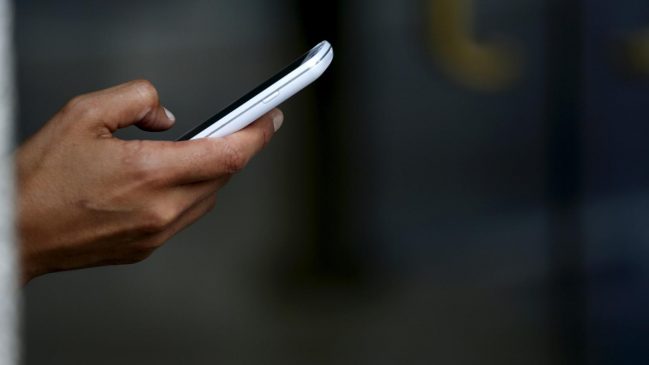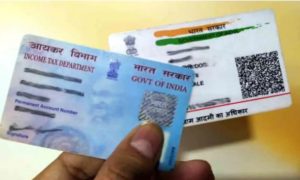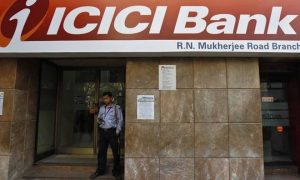Several reports have claimed that India has outpaced the world in digital payments. Currently, close to 60% of the total digital payments are UPI-based. During the pandemic, we witnessed a surge in digital payments in India and the world, leading to greater financial inclusion. We live in a society where even a local fruit cart seller accepts digital payments! Certainly, such facts and figures paint an all-glory picture when it comes to digital payments, but it does not imply that online payments are a one-stop solution for all.
Read More: How do you know your identity is safe if you do a video KYC?
For example, let’s assume that you are traveling from the main city to a hill station. How often did you struggle to make the GPS work on the highway or make a UPI payment at a small shop located remotely in the hills? More than once, for sure! No wonder many of us prefer to carry cash whenever leaving the metro cities because even though all the online payment modes are accessible irrespective of the location, they all depend on internet connectivity. All existing payment applications enabling UPI-based payment need a robust internet connection for money transactions.
This is the exact point where the importance of offline payment emerges. The offline voice solutions do not depend on the availability of the internet or even a smartphone. The user can simply make a call to the IVR number in an offline mode and proceed with their choice of the financial transaction after confirming their UPI details along with PIN on the call itself. In addition to facilitating any financial transfers, this simple and secure payment tool lets users pay their utility bills, check their balance, recharge their DTH, pre-paid mobile network service, or FASTag using only their voice.
Challenges addressed by offline payments
By 2020, smartphone penetration in India reached 54% only. Over 400 million rural mobile phone users still utilise feature or basic phones without an Internet connection, representing a significant market share. To top it up, the language changes every few kilometers in a country as diverse as India. So in a region where Hindi or English isn’t a common language, pursuing a digital transaction becomes an arduous task.
Read More: SBI launched SMS service for FASTag customers; check details here
From a tech point of view, many digital transactions are carried out through an app/application. Like any other technology interface, such apps are prone to bugs, server issues, etc. This is immediately followed by the fraud risks that can happen through QR codes. A smartphone camera can scan and decode a QR code, a square barcode, to enable quick access to a website, trigger the download of an application, and direct money to the target receiver. Businesses routinely employ QR codes to offer convenient contactless access but are unfortunately also exposed to such risks.
The challenge continues with the population that has a smartphone and internet but isn’t digital savvy. For today’s digital payment systems to work, connectivity, hardware, and digital knowledge are all essential. There are no solutions that allow seamless use of mobile apps on non-smart feature phones or in locations with poor internet connectivity.
The potential of offline payments
An offline payment mechanism is not dependent on internet connectivity, a smartphone, an app, or even a server. A simple call, even from the remotest part of the country, will initiate the financial transaction for the user. These offline payments also operate in regional languages, hence enable more extensive financial inclusion.
The payments sector in India is evolving all the time. It is providing new and enhanced payment mechanisms to increase the use of digital payments in even the most remote regions and decrease the amount of cash flowing through the economy. One such element of this evolving revolution is offline digital payment.
Earlier this year, RBI introduced Offline Payments after receiving encouraging feedback from the pilot experiments. In a country where cash is still considered a significant mode of payment, such an initiative will significantly boost digital payments.
The initial plan emphasizes bringing semi-urban and rural populations on board and educating them about this new payment method. In times of internet and telecom connectivity challenges, it won’t be long before even the metropolitan population learns to perform transactions utilizing this payment method. This technology has a comprehensive application and a bright future.
(By Vivek Singh, Director of Innovation & Co-founder, ToneTag)
Disclaimer: This is the personal view of the author.





































